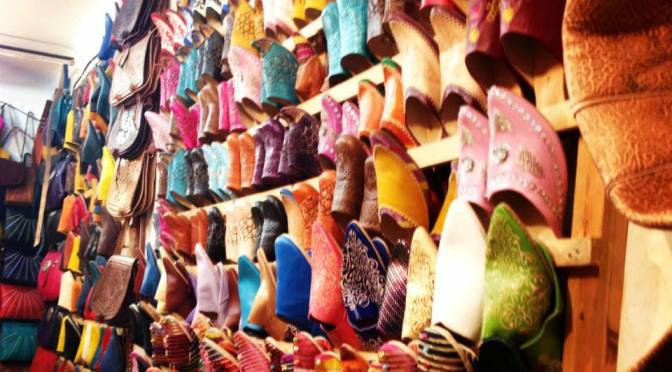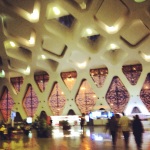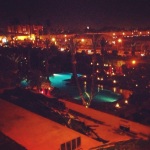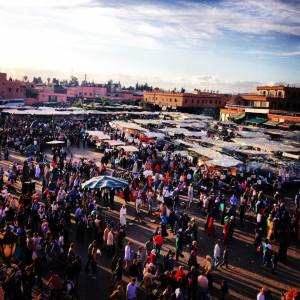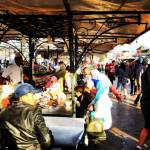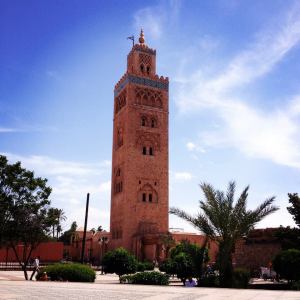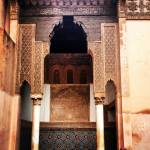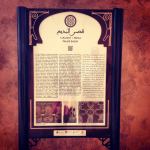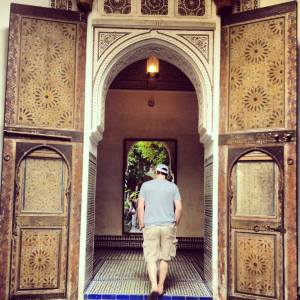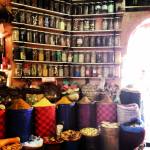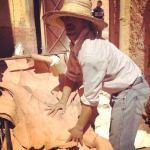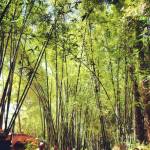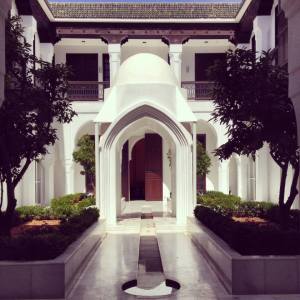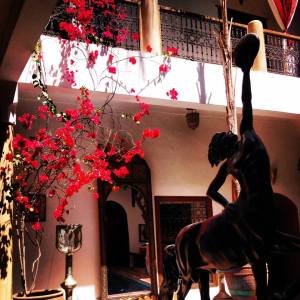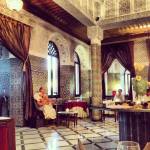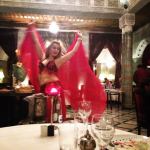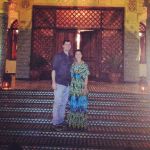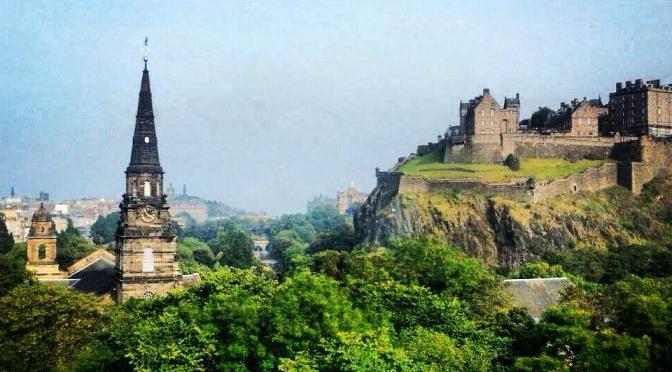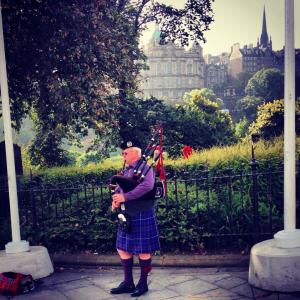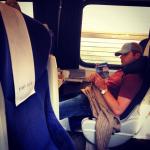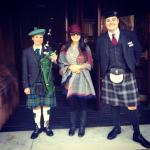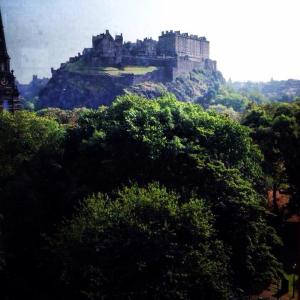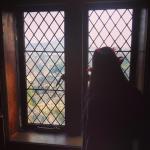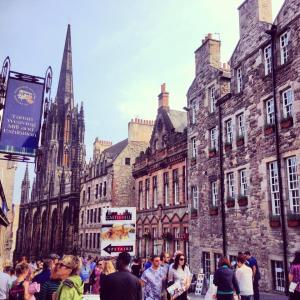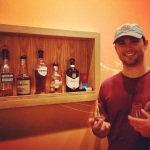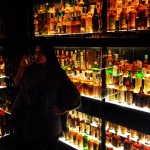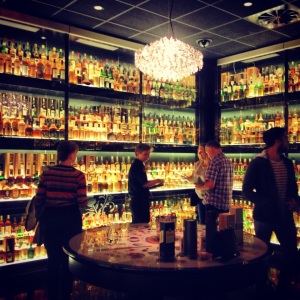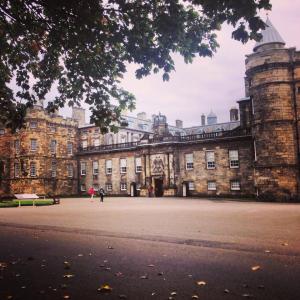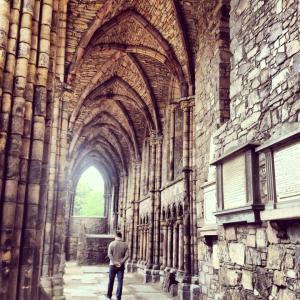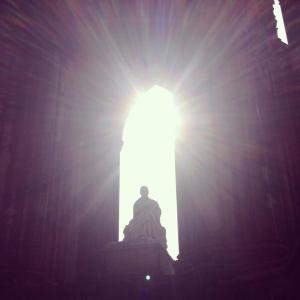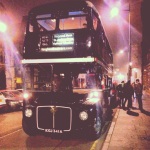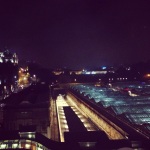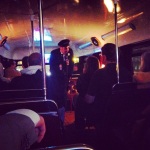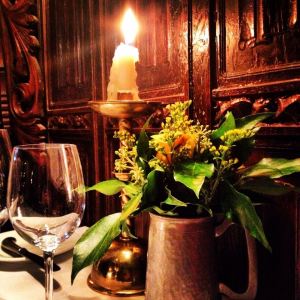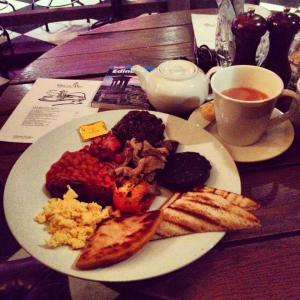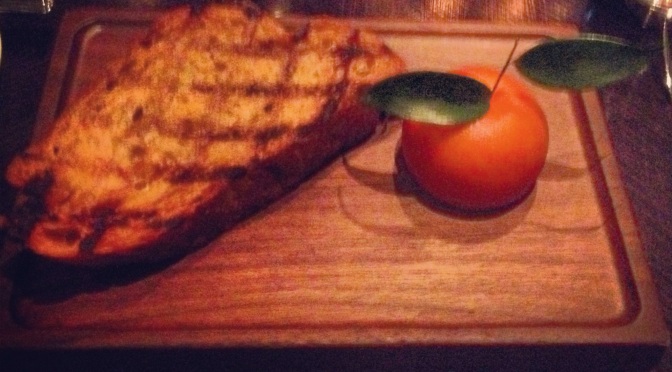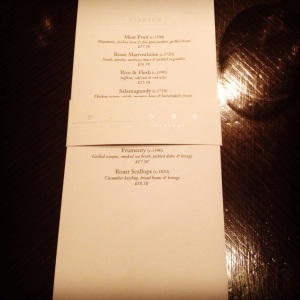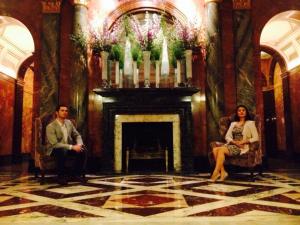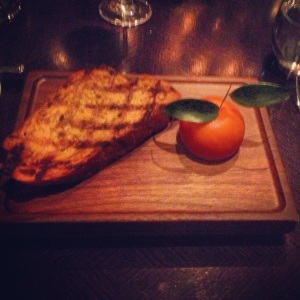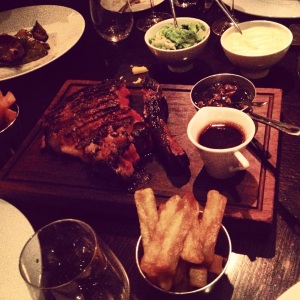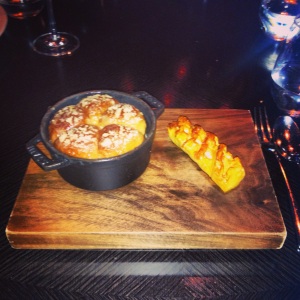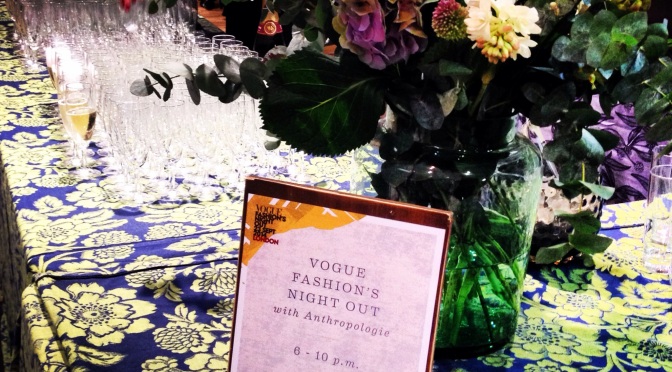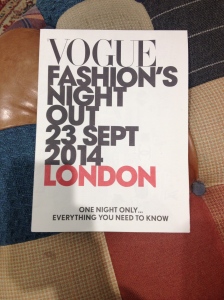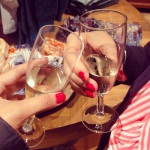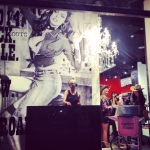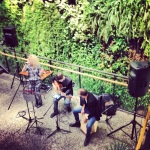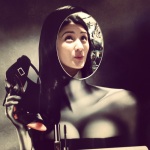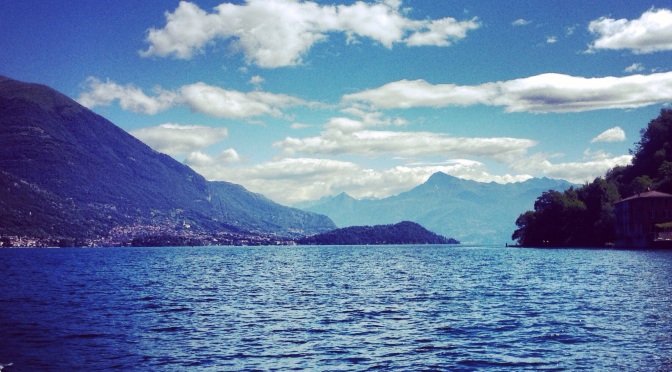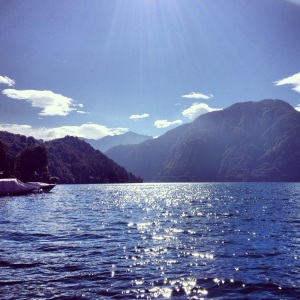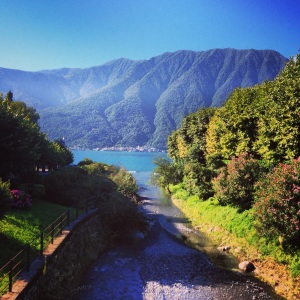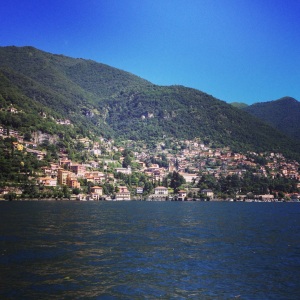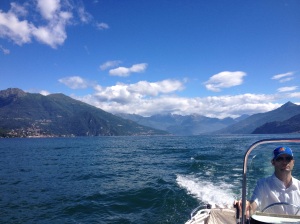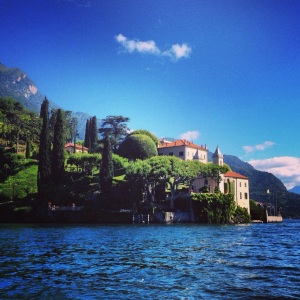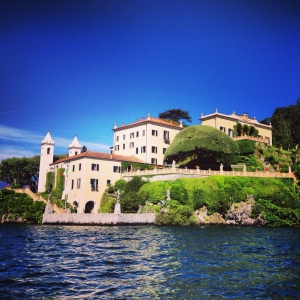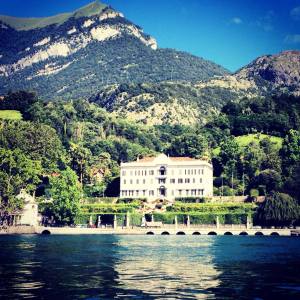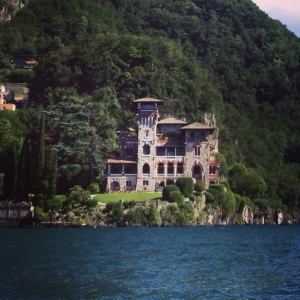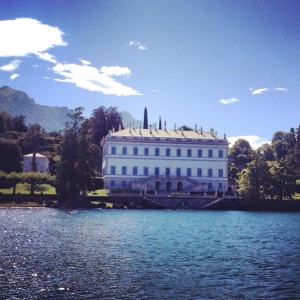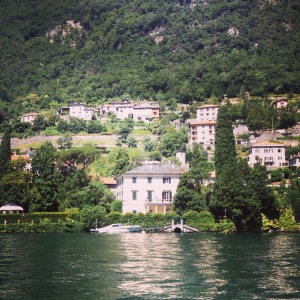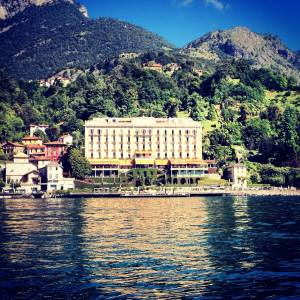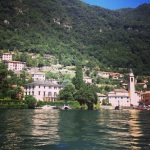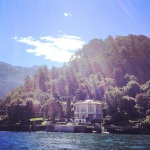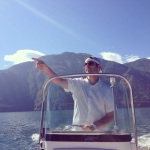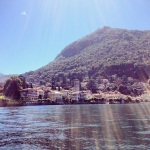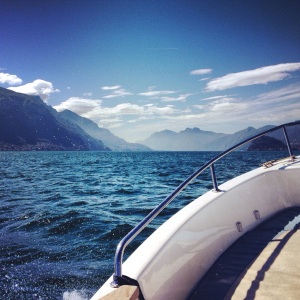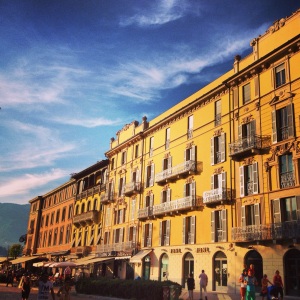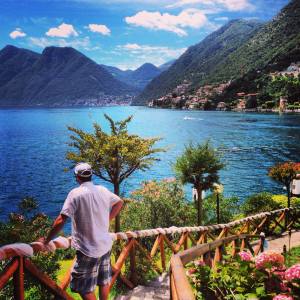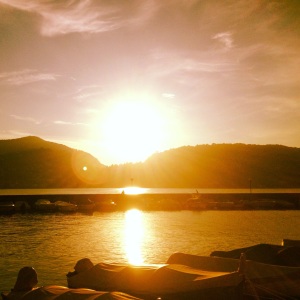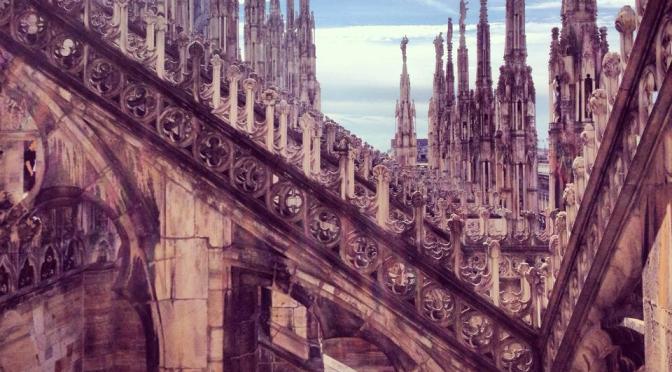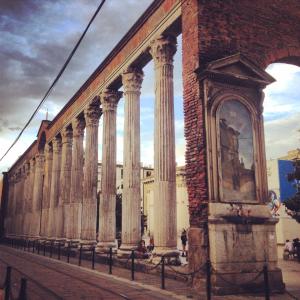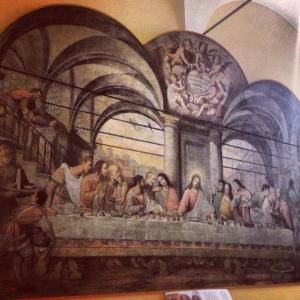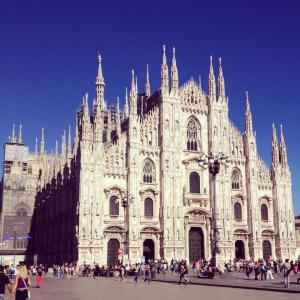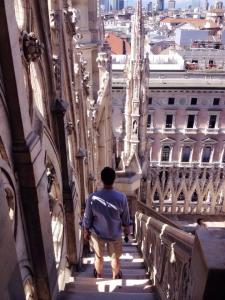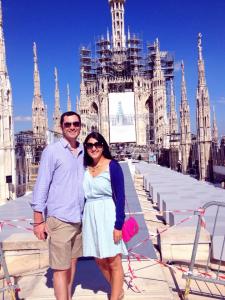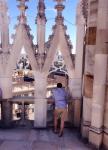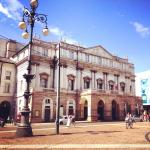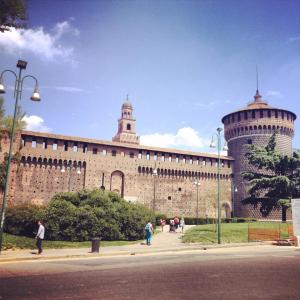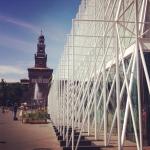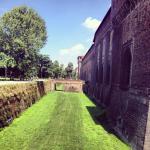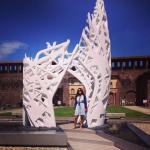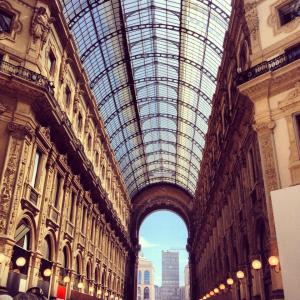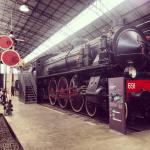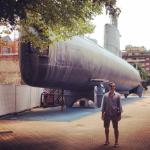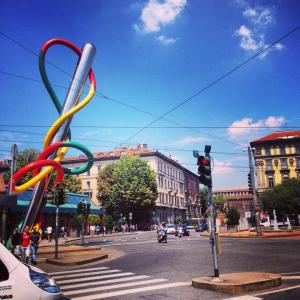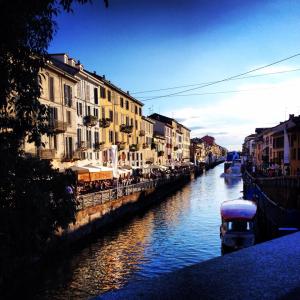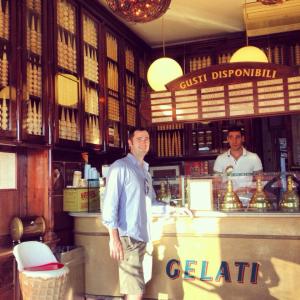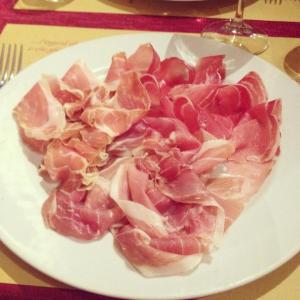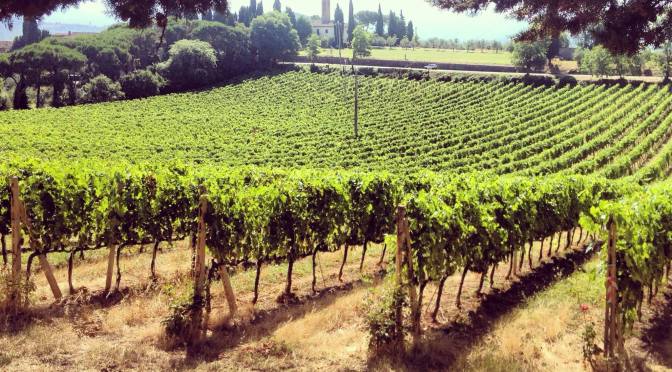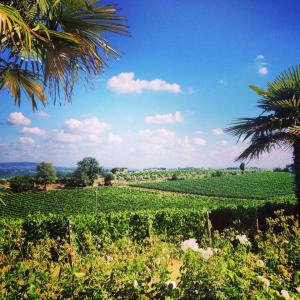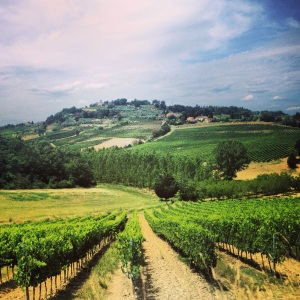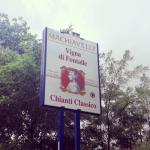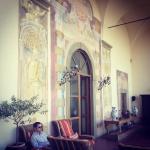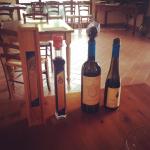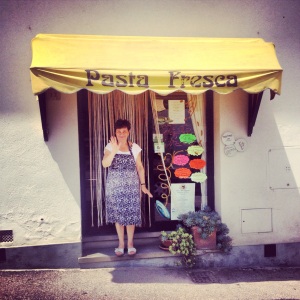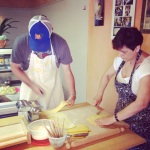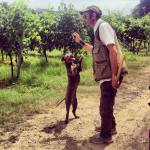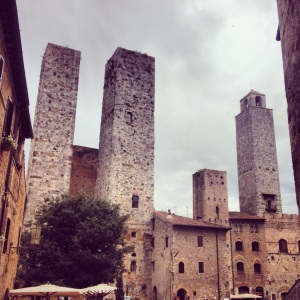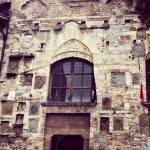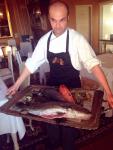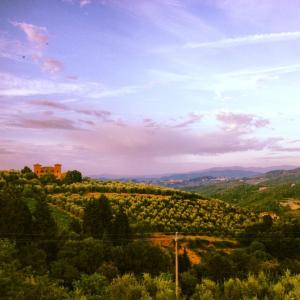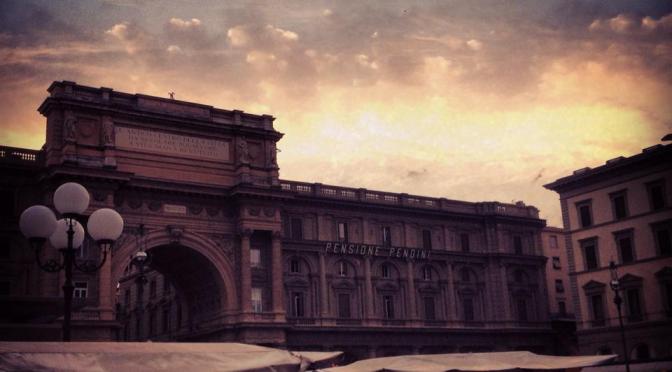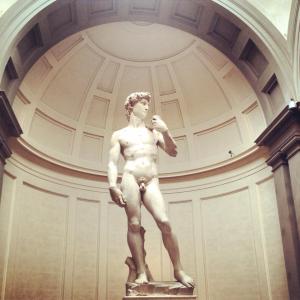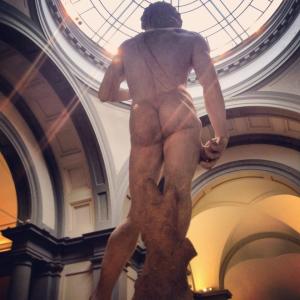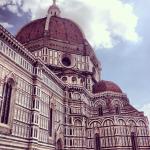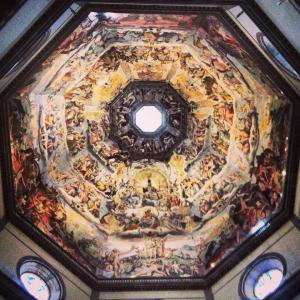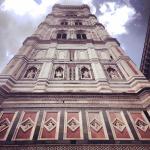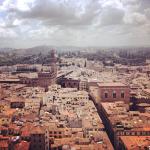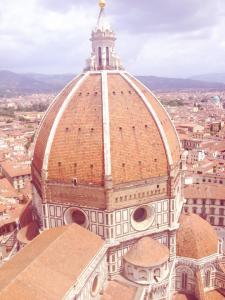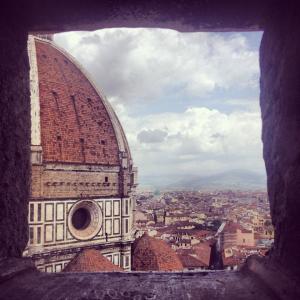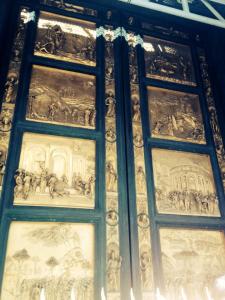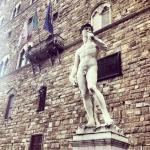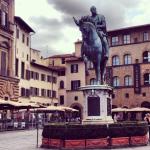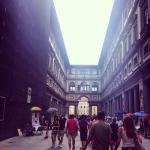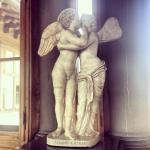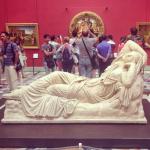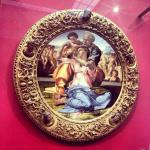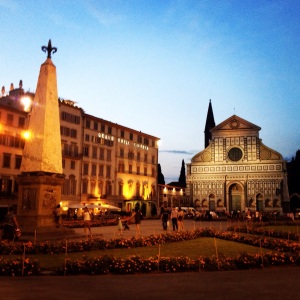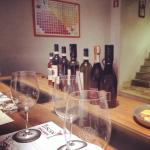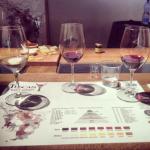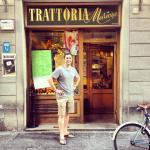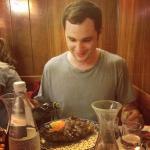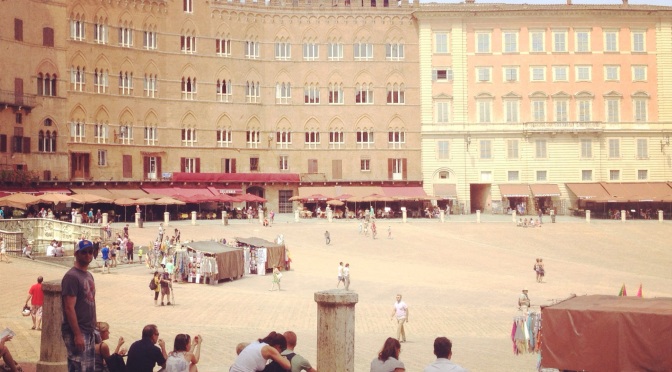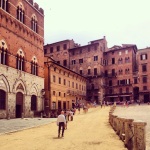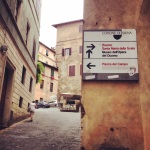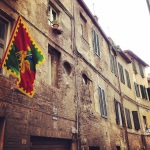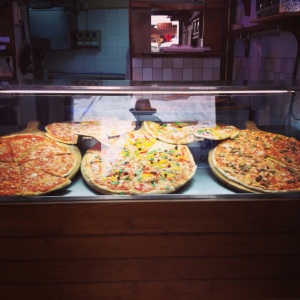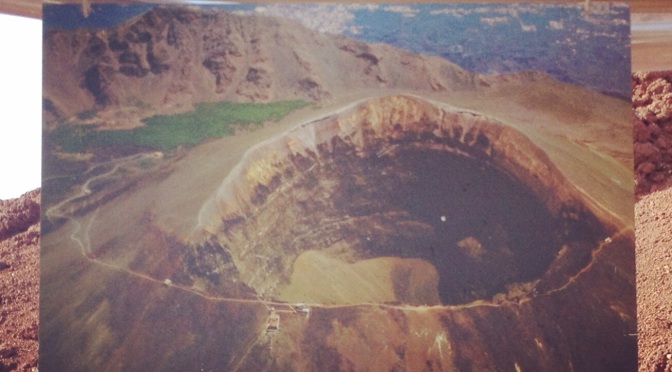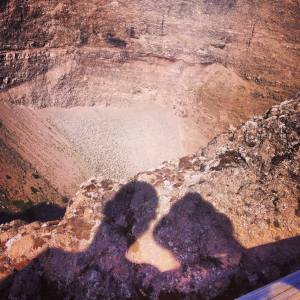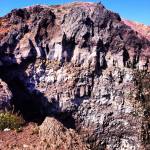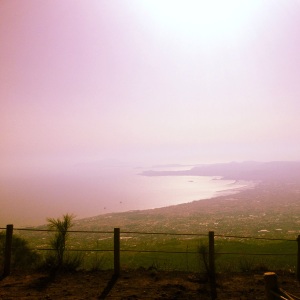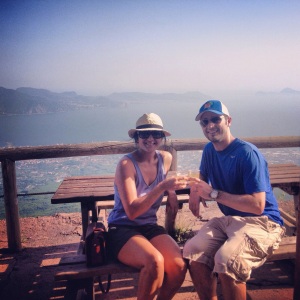Sitting beneath the majestic Atlas Mountains, Marrakech is a mere three and a half hour flight from London, but you might as well be a world away. From the moment you arrive the unfamiliar sights and sounds capture your curiosity- a camel crossing the airport lot, the obscure orange sky or the smell of spices filling the air.
The third largest city in Morocco (after Casablanca and Rabat) and last major settlement of the Mediterranean before the great Sahara Desert, it is a jewel in this landscape, overflowing with vibrancy and culture. Sure, in more recent years Marrakech has established itself as a chic destination for the rich and famous, but it still holds on to its mystique and west African roots that is most evident in the old town, where it is impossible to forget exactly where you are.
How we got there:
We flew with Ryanair from London Stansted to RAK. Book well in advance to avoid the astronomical airfare. We ended up paying £400 each, but it was over Easter and in the low season you can expect to pay around £200pp.
Where we stayed:
Sofitel Marrakech Hotel and Spa- http://www.sofitel.com/gb/hotel-3569-sofitel-marrakech-lounge-and-spa/index.shtml
An elegant hotel in Marrakech’s cosmopolitan ‘New Town’ district full of luxury and space, contrasting from a Riad experience in the Medina. The extensive gardens and pool is a welcome break from the bustle and heat outside and the concierge picked some great spots for dinner.
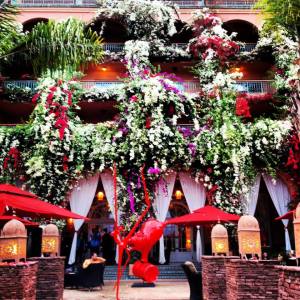
I would definitely come back to this hotel, it is spacious and in close proximity to some of the best restaurants and bars the city has to offer but just a short distance to Old Town.
What we did:
It is easy to get around Marrakech with taxis or the “caleche’s” (horse and cart), but the cost can also add up and in busy times there can be a wait. We decided to bypass this and get a car service for 5 hours to see the main sites. This took the stress away and added comfort to our journey. We also told our driver to just take us to places worth seeing, so every stop was a surprise.
The company we chose was Sun Trails Morocco (http://www.sun-trails.com), who tailor made a package to our needs. We also used them for our day trip to Ait Benhaddou (see next blog).
Jemaa el-Fnaa– The main city square is the heart of the city remaining as Marrakech’s top attraction. It is home to traditional story tellers, musicians and entertainers (snake charmers, monkeys etc), this bustling area really comes to life at night. Wander into the souks then grab a mint tea or cold beer in one of the surrounding cafes that provide a great vantage point to see all the activity down below.
The Koutoubia- One of the oldest minarets, it is visible for miles and instantly identifiable to Marrakech. It provided the ‘blueprint’ for minaret design for years to come.
The Southern Medina: less crowded than other parts of Marrakech, the Kasbah district is located here, which was the city’s original walled citadel. The sites below are within its border.
Saadian Tombs- The Saadian Dynasty ruled in the 16th and 17th century and their tombs hidden and blocked by their enemies. An ambiguous entrance on the side of a mosque is the only way in (handy to have a driver to point us in the right direction) and when you get past the winding pathway it is an impressive sight to behold.
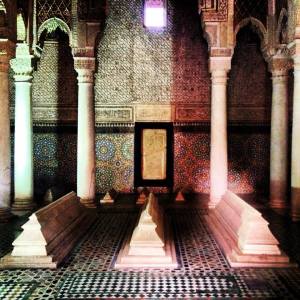
Only discovered in the 1900’s during an aerial survey, tall monuments made of marble and cedar wood stele’s complimented with stucco designs beg for your attention. Try and go first thing to avoid the crowds.
Kasbah Mosque- Only Muslims may enter but worth admiring the minaret of the mosque with beautiful green hues from the outside.
El Badi Palace- Translated as “The Incomparable”, this 16th century red walled palace is largely a ruin (so don’t get your hopes up of opulent interiors like I did)- your imagination will need to be used. In its heyday (16th century), it exhibited some of the finest craftsmanship that the Saadian Empire had to offer and took five years to complete.
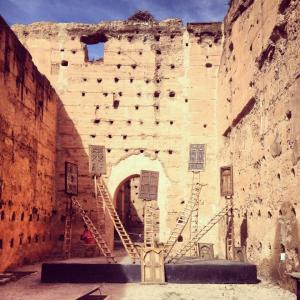
It is a vast space and the courtyard alone houses four sunken gardens. For an extra 10dh you can enter the museum and see the original minbar/pulpit for the Koutoubia Mosque, the largest in the city. Make sure to climb the stairs to the rooftop outlook for an aerial view of the palace.
Bahia Palace- The name means “Brilliance” and certainly lives up to it. Although largely sparse due to the looting in the late 1890’s, the essence of Moroccan style is still visible with the expertly carved doors and painted ceilings. This place is definitely worth a visit.
Mellah/Spice Market- This used to be the Jewish quarter, however only a small population remain. You do have to be careful as hustlers prey on tourists pretending to be shopkeepers, overcharging then splitting the difference. Our driver took us to a spice store directly with a whole range stacked from floor to ceiling. Of course I am sure we overpaid, but we were amongst locals in this shop rather than tourists (another pro to having a driver) and is still far cheaper than buying saffron at home.
The Tannery- Located in the Northern Medina are the infamous tanneries of Marrakech. The region is known for excellent leather goods production so it must come from somewhere, and unfortunately it is here. Our driver was apprehensive to take us due to the smell but we insisted- mistake on our part. We were given a bunch of mint leaves before entering and it was a pitiful site. The stench really is disgusting and seeing dead carasses and dogs laying on puddles of blood was hardly ‘interesting’ but rather repulsive. I lasted about five minutes before turning back, not an experience I would wish on anyone.Whatever pittance these workers are getting paid should be tenfold for working in these carcinogenic conditions.
The Ville Nouvelle and Palmery: The New Town’s Downtown area displays all that ‘Modern Marrakech’ has to offer. A lot of the city’s wealthiest residents reside here, mainly in the Palmery and Guelize has all the luxury fashion houses and trendy restaurants/nightclubs.
Majorelle Gardens- The main attraction within this district and definitely worth waiting in line for. Formerly Yves Saint Laurents home, the Majorelle Gardens showcase 12 acres of fastidious landscape design created in the early 1900’s. The Botanical Gardens are not only stunning, but varied and interesting.
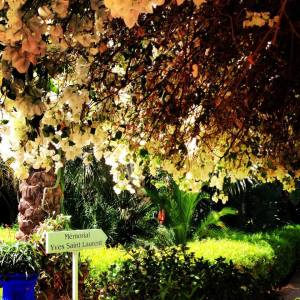
The Blue Pavilion used to be a workshop but now used for temporary exhibitions.
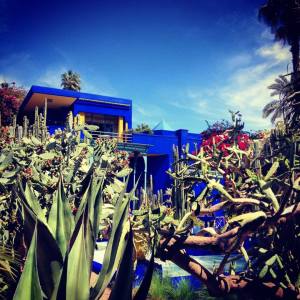
Palmery- Where the rich and famous live, it boasts to have cooler temperatures than the Medina and a golf course. Our driver took us on the “Circuit de Palmerai” for a scenic drive through the palm trees and multi million dollar homes.
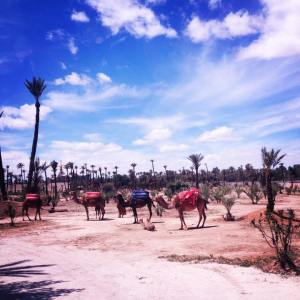
Central Medina Bazaars and Souks– This area is indeed a maze and a map is just useless. If you are looking for something specific, look for a young boy loitering around to take you there for a small fee. But part of the fun is just getting lost and seeing what is on offer.
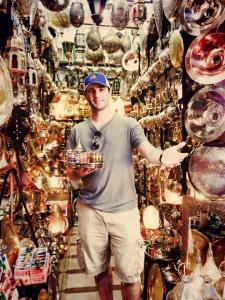
Although I wasn’t in the Middle East, it reminded me of the market scene from Aladdin. Beautiful carpets, metal works and textiles are available, and don’t forget to haggle!
Marrakech’s Riads- If you are like me and have never been in a Riad before, then you are in for a treat! Unassuming on the outside but opulent interiors make for exciting surprises. Nowadays there is such an assortment of modern and traditional designs that it is worth popping in to as many as you can.
Here is our favourite:
Riad el Zohar (http://elzohar.com): According to the website “Riad el Zohar is a historic 18th century courtyard house in the desirable Mouassine districtlocated just 5 minutes walk from Jemna el Fna Square & at the start of the souks. This Riad has been sympathetically restored retaining its original features with a balcony on all four sides looking down on to the central courtyard with plunge pool.”
Our host poured us the most delicious cup of mint tea whilst soaking in views on the top terrace.
Traditional Hammam Spa Treatment– A Hammam is a steam room, similar to a Turkish bath, where Moroccans habitually go each week to cleanse themselves. It is a very important part of the culture and I decided to try it out at the hotel spa. Unfortunately I think the experience was lost on the Sofitel brand and more likened to a body scrub but next time would love to try it at a local ‘spa’ for authenticity.
Day Trip- Our day trip took us high into the Atlas Mountains and finally to Ait Ben Hadou, an ancient town where life remains simple and the views breathtaking –see next blog for full details.
Where we ate:
We indulged in traditional tagines, local delicacies and french culinary influences at some of the finest restaurants. Here are our favourites:
L’Avenue- http://lavenuemarrakech.com/about/the-restaurant/
This French restaurant is a high end establishment frequented by the up and coming of Marrakech and those seeking a modern twist on Moroccan entertainment. Its plush surroundings command a high price tag but if you are looking for a swanky/trendy place with beautiful people then this is the spot.
The Red House
The Red House is located in an opulent villa within the Hivernage area, serving classic and modern dishes. A traditional dancer entertained us during dinner and the decor was impressive and ornate. We went there on the recommendation of our concierge and it was a very pleasant experience.
Al Fassia- although we did not manage to get a table, everyone raves about this place and advanced bookings are a must!
If we had more time:
-More day trips to different parts of the Atlas mountains and perhaps camp out in the Sahara.
-Try more restaurants and delicious cuisine.
-till the next experience

